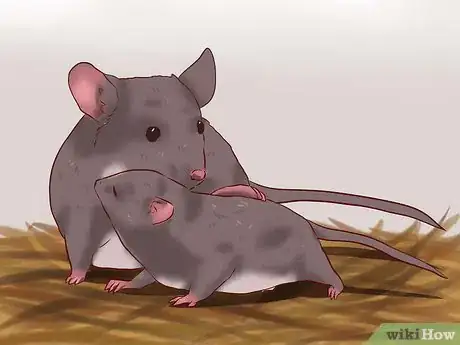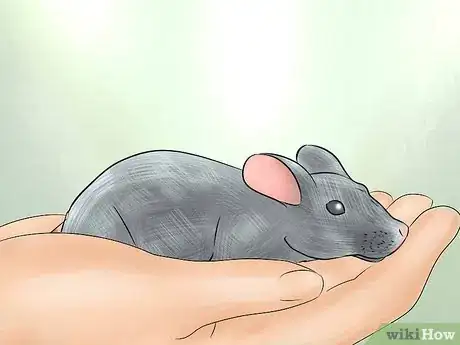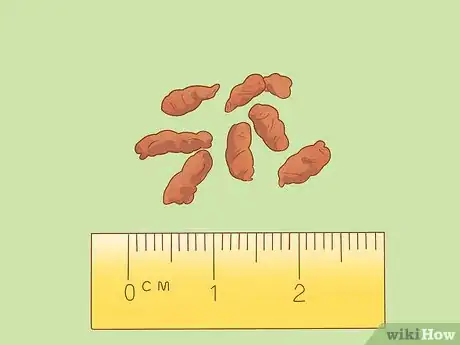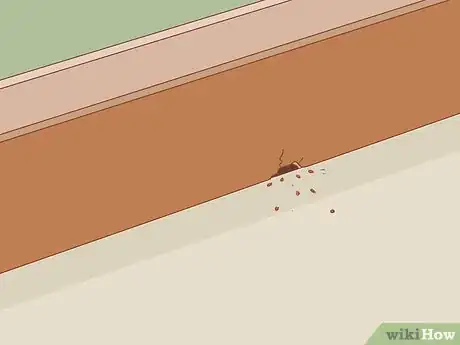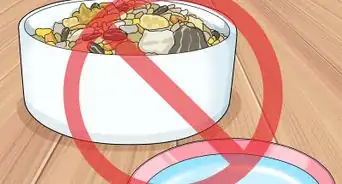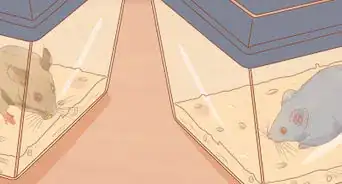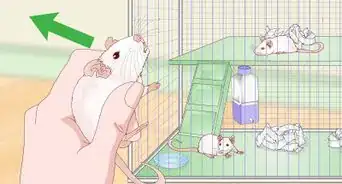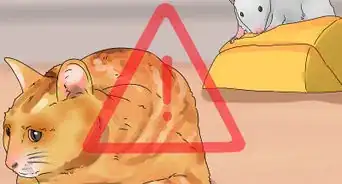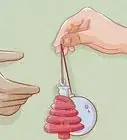This article was co-authored by wikiHow staff writer, Devin McSween. Devin McSween is a wikiHow Staff Writer. With a background in psychology, she has presented her research in social psychology at a variety of conferences and has contributed to several manuscripts for publication. At wikiHow, Devin combines her love of writing and research with the goal of bringing accessible information to wikiHow readers that will help them learn and grow. She earned her BS in Psychology from the College of Charleston.
There are 10 references cited in this article, which can be found at the bottom of the page.
Learn more...
Out of the corner of your eye, you see a small, furry critter race across your floor. It’s definitely a mouse, but how can you tell if it’s a field mouse or a house mouse? The great news is that there are size, appearance, and behavior differences between these mice that can help you easily tell them apart. In this article, we’ll list all the telltale signs that you’ve got a field or house mouse in your home. We’ll also tell you about any concerns you need to be aware of when dealing with these mice.
Things You Should Know
- Field mice are dark brown or gray with a white belly, while house mice are a solid brown or gray.
- Field mice are about 6 inches (15 cm) long with a furry tail. House mice are smaller, about 3 inches (7 cm) long with a scaly, hairless tail.
- Field mouse droppings have pointed ends, while house mouse droppings are oblong and rounded.
- Field mice are typically found in rural areas, while house mice are more commonly found in residential areas.
Steps
References
- ↑ http://ipm.ucanr.edu/PMG/PESTNOTES/pn7483.html
- ↑ https://aaacwildliferemoval.com/blog/mice/field-mouse-facts/
- ↑ https://www.welcomewildlife.com/house-mouse/
- ↑ https://www.welcomewildlife.com/house-mouse/
- ↑ http://ipm.ucanr.edu/PMG/PESTNOTES/pn74161.html
- ↑ https://www.cdc.gov/hantavirus/pdf/hps_brochure.pdf
- ↑ http://ipm.ucanr.edu/PMG/PESTNOTES/pn74161.html
- ↑ http://ipm.ucanr.edu/PMG/PESTNOTES/pn7483.html
- ↑ http://ipm.ucanr.edu/PMG/PESTNOTES/pn74161.html
- ↑ https://www.in.gov/health/erc/infectious-disease-epidemiology/rats-and-mice/
- ↑ https://www.in.gov/health/erc/infectious-disease-epidemiology/rats-and-mice/
- ↑ https://www.livescience.com/28028-mice.html
- ↑ https://www.welcomewildlife.com/house-mouse/
- ↑ http://ipm.ucanr.edu/PMG/PESTNOTES/pn74161.html
- ↑ http://ipm.ucanr.edu/PMG/PESTNOTES/pn7483.html
- ↑ http://ipm.ucanr.edu/PMG/PESTNOTES/pn7483.html
- ↑ http://ipm.ucanr.edu/PMG/PESTNOTES/pn74161.html
- ↑ https://icwdm.org/species/rodents/house-mice/house-mouse-damage-identification/
- ↑ http://ipm.ucanr.edu/PMG/PESTNOTES/pn7483.html
- ↑ https://www.humanesociety.org/resources/what-do-about-wild-mice
